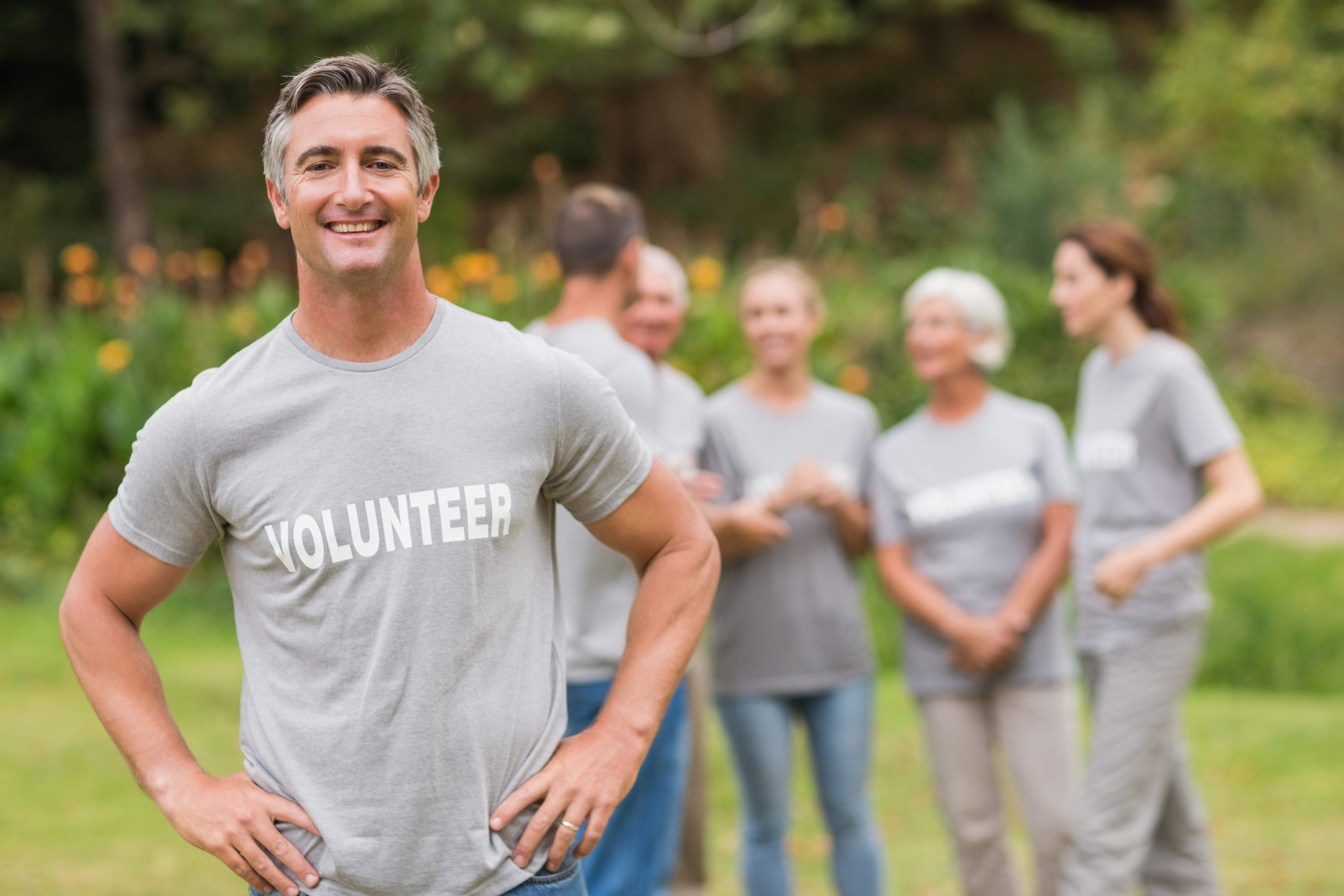The value of a volunteer hour continues to rise, up to $24.69 in 2017. The figure is a 2.3-percent increase from 2016 and is part of an overall 51.8-percent increase in the value of volunteer hours since 2001, according to data from Independent Sector. The value of volunteer hours has grown every year during that span.
If Americans were to repeat 2015’s volunteerism of 7.8 billion hours, the most recent Corporation for National & Community Service data available, the 2017 value of volunteerism in the U.S. would have exceeded $192 billion.
The figure is based on approximate hourly earnings of all production and nonsupervisory workers in private, non-farm payrolls. The average is further upped by 12 percent to include a buffer for fringe benefits. Matt Perdoni, counsel and director of business development for Independent Sector, said that — while not necessarily a driver of recent value increases — pro-bono services from lawyers, communications specialists, and other professionals have become increasingly common.
In areas in which the value of a volunteer hour is greatest, such as the District of Columbia at $39.45 per hour, the value of a volunteer might rival that of a cash donation. The D.C. Bar has been one professional association particularly good at securing pro-bono hours from members. In such locales the value of pro-bono legal services or tax assistance might represent greater value than the organization might otherwise get paying out of pocket.
“In terms of bang for the buck, if it was just cash those folks wouldn’t be at the table most likely,” Perdoni said.
State-by-state figures in the report show that volunteer hours are most valuable in Washington, D.C. ($39.45), Massachusetts ($31.17), Washington state ($30.46), Connecticut ($30.24), and New York ($29.19). Rates are most modest in Kentucky ($21.17), West Virginia ($21.10), New Mexico ($20.58), Arkansas ($20.01), and Mississippi ($19.81).
Women (27.8 percent) are more likely to volunteer than men (21.8 percent), according to 2015 Bureau of Labor Statistics demographic data, and Caucasians (26.4 percent) are more likely to volunteer than African Americans (19.3 percent), Asian Americans (17.9 percent), and Latino Americans (15.5 percent). Employed individuals (27 percent) are more likely to volunteer than those who are unemployed (23.3 percent) or outside the labor force (21.4 percent) and the rate of volunteering increases with education. The holder of a bachelor’s degree (38.8 percent) is more likely to volunteer than a person with some college experience or an associate degree (26.5 percent), a high school diploma (15.6 percent), or no high school diploma (8.1 percent).
Kristina Gawrgy Campbell, director of strategic communications and public relations for Independent Sector, said that organizations typically utilize volunteer-value figures to articulate contributions to mission. Corporations might use the information similarly to show the impact staff make in local communities.
“People traffic our website for grant proposals, annual reports . . . It’s when people are trying to articulate the value of their volunteers,” she said.










